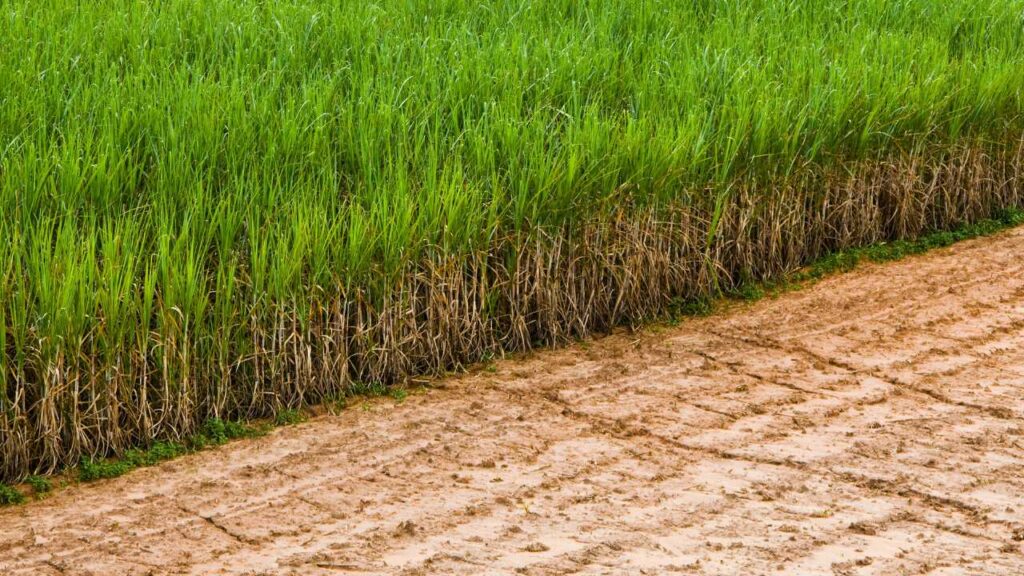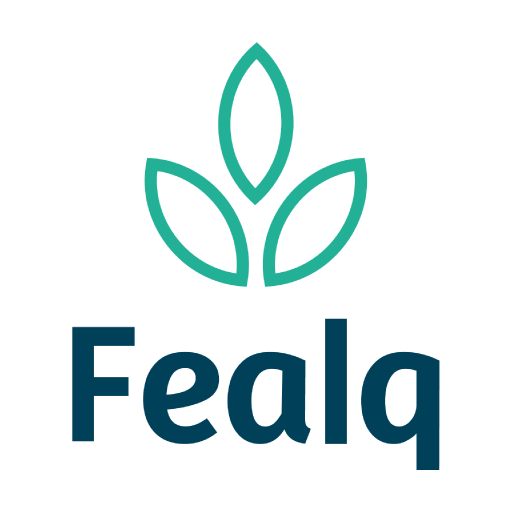Chukwudi Nwaogu, Modupeola A O Chukwudi, Glory O Enaruvbe, Bridget E Diagi and Mauricio Roberto Cherubin
Abstract
This work aimed at appraising the changes and responses of soil organic carbon (SOC) stocks to the dynamics in agriculture and other land use between 2001–2030 in São Paulo State, Brazil. This is the first time a study of this kind was conducted at State-scale and in Brazil based on a long-term dataset. Also, the first time the application of InVEST model in land use-carbon dynamics studies was performed in a State-scale. InVEST provides the potential to integrate carbon stocks from other soil components (e.g., biogenic sources) than other models. Soil data were sourced from Soilgrid, and Brazilian soil legacy data. Land use-cover data were collected from the Brazilian Institutes (IBGE and MapBiomas), which was classified into 13 classes including cropland, and others. The result revealed that cropland increased by approx. 70,000–90,000 km2 (i.e., 20% increase), forest increased by approx. 20,000–45,000 km2 (i.e., 15% increase), while other land use either decreased or had insignificant increase. Regarding SOC stocks, the decadal changes in SOC stocks between 2001–2010, 2010–2020, and 2020–2030 were respectively 1.88 t ha−1 (7.1%), 0.71 t ha−1 (2.5%), and 0.95 t ha−1 (3.3%) for forests, and 1.66 t ha−1 (78.7%), 1.51 t ha−1 (40.1%), and 3.17 t ha−1 (60%) for croplands. Forest had the highest percentage of SOC per hectare (30.07%), but in terms of decadal changes in SOC stocks, cropland had the highest rates of positive increase (i.e., 6.34%). Consequently, these SOC accumulations have helped to mitigate climate change by storing C and reducing atmospheric CO2. Therefore, this research would provide a vital insight into farming and policymaking on climate change-agriculture sustainability initiatives as a valuable foundation to optimize organized efforts for promoting SOC stocks without compromising environmental safety and food security.





